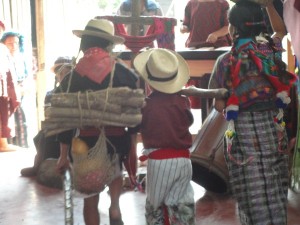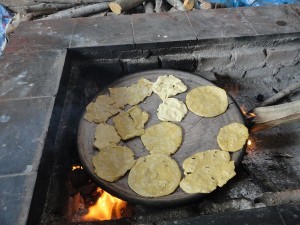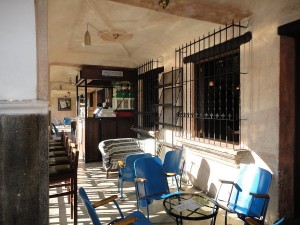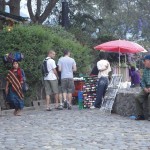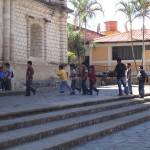After a wonderful and emotional visit to Guatemala, we’re back to our own reality. Everything looks a little different after even a short trip across the border.
First, an announcement about how to win your own autographed copy of Mamalita: An Adoption Memoir. To enter, click on this link to the blog Whatever Things are True: The Good, the Bad and the Beautiful in the World of International Adoption, written Sharon Van Epps, adoptive mother to three children. Then add a comment on Sharon’s blog answering this question: How has being a mom or dad drawn out your inner strength? Or if you’re not a parent, what important relationship or situation has demanded that you act with courage?
For multiple entries, you can follow Sharon’s blog or link to it, become a fan of Whatever Things are True on Facebook, or follow Sharon on Twitter and tweet about the contest. What could be easier? The Mamalita giveaway closes on Sunday, March 6. Enter today!
Second, here’s a link to an article about Hollywood legend Jane Russell, who was discovered by billionaire Howard Hughes in the 1940s and died last week at age 89. As John Cave Osborne writes on Babble, Russell “… was not only one of Tinseltown’s leading ladies, she was also among its more memorable sex symbols of all time, turning heads with sultry performances in classics like Gentlemen Prefer Blondes.”
But, more than that, Russell was an early pioneer of adoption.
Russell was unable to have children. For that reason, she and her first husband, Bob Waterfield, adopted and raised a daughter and two sons. Taken aback by adoption’s inefficient paperwork requirements, and amazed at how long the process took, Russell spent much of her downtime finding ways to make adoption easier.
In 1952, Russell founded the World Adoption International Fund (WAIF) to do just that. The group eventually facilitated more than 50,000 adoptions. In 1953, she testified before Congress in support of the Federal Orphan Adoption Bill which allowed for foreign children who were fathered by American soldiers while abroad to be adopted by American parents. In 1980, she was an integral part of the lobbying efforts for the Adoption Assistance and Child Welfare Act which served to reimburse parents for the medical expenses they incurred by adopting handicapped children.”
I wasn’t aware of Jane Russell’s adoption activism, and was glad to learn of it. May she rest in peace.
Finally, PBS News Hour is broadcasting segments by Ray Suarez about Guatemala on March 7 and 8. When you click on the link, be sure to watch the trailer for the series on the PBS website. As the reporters note, Guatemala is not front-and-center on the world’s political stage, covered “above the fold” in the daily newspaper. Perhaps segments such as these will help change that. From the website:
Senior correspondent Ray Suarez, just back from a reporting trip, describes Guatemala as a land of exquisite beauty, but also of exquisite agony. Violence against women is systemic and widespread – part of an overall pattern of violence that the citizens of Guatemala, who have endured several civil wars in the last 50 years, are suffering. The country is also hard hit with malnutrition and has one of the highest rates of infant and maternal mortality in the hemisphere.
Ray spoke with Hari Sreenivasan about his trip and the challenges Guatemalans faces on a daily basis.
On March 7-8, the global health unit will air two stories from Guatemala on the NewsHour, focusing on family planning and maternal health and violence against women. The NewsHour will also air follow-up discussions with representatives of NGO groups working in Guatemala and government officials. President Obama will visit Central America in mid-March as part of a three-nation trip.
On the NewsHour‘s web site you can read a reporter’s notebook from Ray on the complexities of preaching family planning in a traditional and religious society. Two reports from the field look at the the high levels of violence against women and efforts to provide young girls with education on how to protect themselves against violence. There is also a look at the high rates of malnutrition among Guatemala’s children and the health implications of the condition later in life.
Watch for much more as our series begins March 7. Web features will include a slideshow on indigenous communities in Guatemala, a timeline of historical events, and features on drug cartel violence in the region and gang-related crime in Guatemala City.


 ShareThis
ShareThis



 ShareThis
ShareThis







